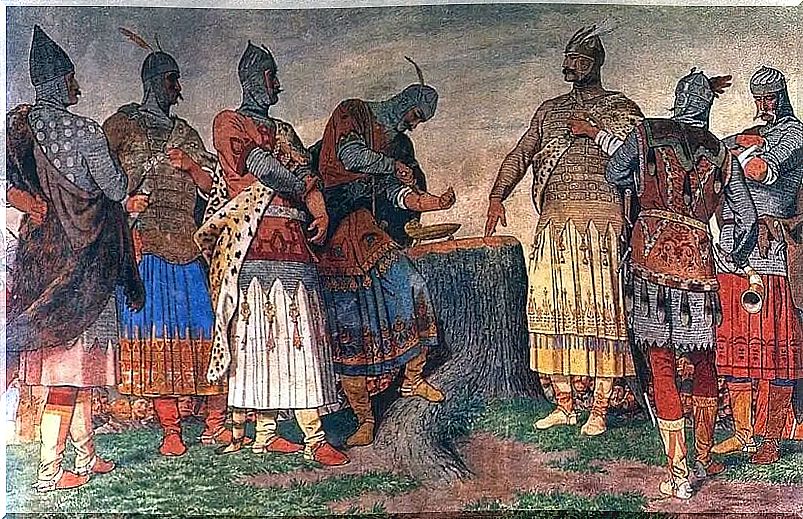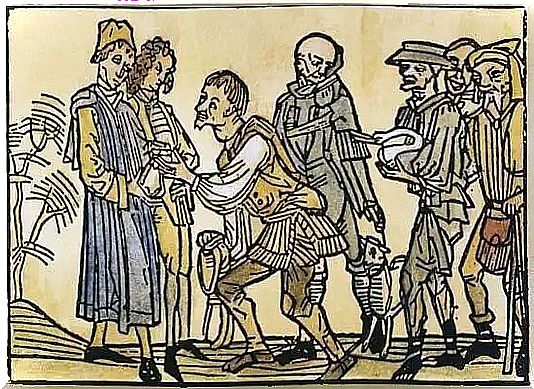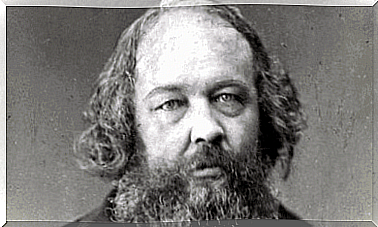1000 AD The Year Of The Apocalypse

Many of Paul’s Letters or Revelation – supposedly from John in the New Testament – convey the feeling that the end times are at hand. After the Ascension of Christ, surely a second and brief coming would begin the Last Judgment. The truth is that the biblical times of God are not those of men and, of course, in our eyes the end of all things was not so imminent.
Throughout history, there were many who, supported by these texts, guaranteed an imminent Apocalypse, but perhaps none with as much prestige as those who announced it around the year Thousand. Perhaps its popularity was due to the superstition of the round number, perhaps to the perception of an increase in evils and dangers, perhaps to political and religious change, and certainly to all of these at the same time.
Christianity devastated by its enemies
One of the proofs of the end of the world would be the extermination and persecution of the flock of God. Many would be responsible for this at the end of the tenth century. Of all the pagan peoples that still plagued Christendom, those who could most evoke the Apocalypse were, without a doubt, the invincible Magyar knights in Hungary. Nor were the bloodthirsty Vikings who ravaged England, ignoring the Peace of God, less terrifying.

Muslim apocalypse?
While some areas of Europe were vulnerable to these two pagan peoples, there was an omnipresent evil that posed the greatest threat to the Church. A Muslim was the Fatimid Egyptian caliph who ordered the destruction of hundreds of Coptic temples in his domain, formerly fertile for Christ. Muslims were the Bedouins who sacked churches in Palestine and attacked the pilgrims on their way to Jerusalem. The Holy Land dominated by the enemies of the cross; hard to find better proof of the coming Apocalypse.
Above all, Muslims were the kingdoms of southern Hispania that rose victoriously against the Christian kings. A proper name, Almanzor, resonated in the Umayyad Caliphate. In 985, Almanzor defeated Charlemagne’s successors in Barcelona. In 997 he sacked Santiago de Compostela, and not even the protection of the Apostle prevented the tragedy. Many other attacks took place on the part of “The Victorious”; what would he rob in the year Thousand?
The propagandists of the Apocalypse
Many echoed these suspicions, linking wars to famine or epidemics. The most famous text would be Libellus by Adso de Montier-en-Der, who warned of the Carolingian decline and consequent End Times.
Other opportunists, like the Count of Sens, decided to blame the impending Apocalypse for the bad harvests, thus avoiding any revolt. The prophets were quick to warn the people.
Among all the proposals, the most popular was Millenarianism. She proposed that what would come would not be the End, but the Coming of Christ to rule the world for a thousand years. Condemned as heresy, this belief has become a valve for certain popular frustrations. Without a doubt, a monarch like the Master would mean a profound spiritual and social renewal that would move towards greater equality.
Of all the changes that the inhabitants of the late first millennium anticipated, at least one has occurred. It was during these times that the so-called feudal revolution took place.
Hugo Capeto, Count of Paris who assumed the throne of France, is a prime example. Throughout Christendom, feudal lords succeeded one another, accumulating royal attributions and de facto political independence .
The Church, unwilling to surrender its power to the system of noble values, organized the assemblies of peace and truce of God, fundamental in Catalonia. The full Middle Ages began.

and life continued
The fearsome Scandinavians converted to Roman Christianity precisely in the year Thousand. Not long ago, Stephen I’s father of Hungary had united his people with Rome. Just two years later, Almançor leaves this world, leaving as a legacy a caliphate in crisis that moves inexorably towards its atomization and progressive northern conquest.
The mass misinterpretation by both cults and laymen of historical facts should not surprise us. We still make the same methodical error today: interpreting the concatenation of historical facts as a progressive succession towards a point. History does not present a univocal gradual evolution for good or for evil, for end or progress, for freedom or tyranny, for equality or any other value.
*As a legacy, the astonishing pictorial and literary apocalyptic works initiated by the Blessed of Liébana survive.









